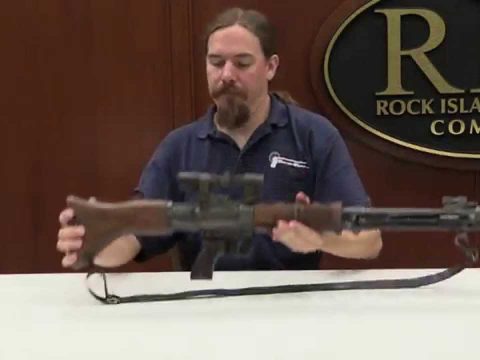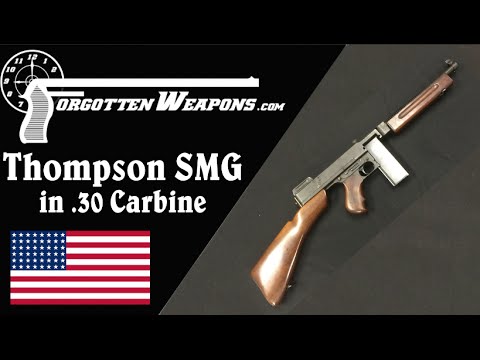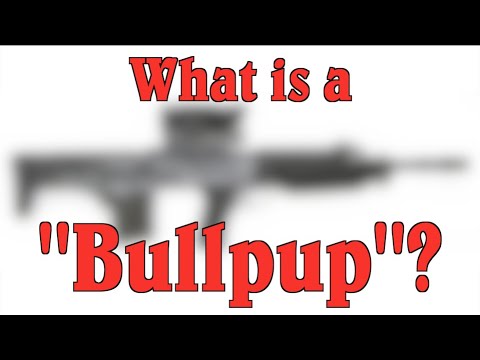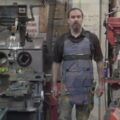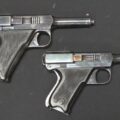http://www.flamethrowerexpert.com
You can find Charlie Hobson’s book, “US Portable Flamethrowers” here:
http://amzn.to/1SP9yc5
Rather than doing a monthly Q&A myself, I decided to take advantage of a visit from Charlie Hobson and answer some questions about flamethrowers. These questions all came from the Forgotten Weapons Patreon supporters, whose financial support is a big part of what allows me to bring you great content. If you’d like to help support the site yourself and also have a chance to get your questions into the monthly Q&A, you can join in at:
www.patreon.com/ForgottenWeapons
Today’s questions by timestamp are:
0:40 – After international conventions banned most flamethrower use, where and when have they still been used and why?
1:15 – What Hollywood examples are particularly realistic and which ones were the most fanciful (i.e. Aliens)?
3:02 – What was the most effective use in their history in combat?
3:55 – What is the common pressure and nozzle diameter for military flamethrowers?
4:57 – How effective were/are the use of fins inside the flow channel to create laminar flow?
6:18 – What are the chances of ignition of the fuel tank when hit by a rifle’s bullet?
7:28 – Is a flamethrower-assigned soldier expected to do field maintenance on a level on par with a gun carrying soldier? What parts of a flamethrower wear down or require repair the most?
9:44 – Did they really use flamethrowers to clear the bunkers on Omaha beach as depicted in “Saving Private Ryan”?
10:52 – Is there anyone today making true-to-spec reproductions of military flamethrowers?
12:10 – How many accidents has he witnessed?
14:07 – In field campaigns, the Pacific for instance, how did field resupply of flamethrowers work, if at all? Were individuals tanks refilled by supply folks, or were fresh tanks brought up and exchanged?
19:35 – I’d like to hear about the effects on the shooter. I heard that some men passed out because of the drop in oxygen when firing.
20:32 – If the flamethrower had not been banned under the Geneva convention in 1980, what would have been the next design evolution? For example, improved tank storage, non-pietzo ignition systems, or different fuel mixtures (such as triethyaluminium instead of more traditional gelled petroleum).
24:10 – Is there still a role for flamethrowers in modern war?
26:35 – When lighting a cigar with a flamethrower, is there a concern about leaving a poor-tasting residue on the cigar as there is with cheap butane lighters?
27:43 – What does it cost to get into one of these?
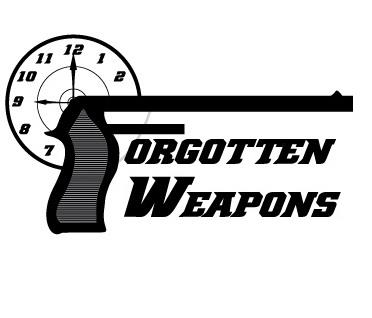
At Forgotten Weapons I think the most interesting guns out there are the most obscure ones. I try to search out experimental and prototype weapons and show you how they work, in addition to more conventional guns that you may not have heard of before. You’re much more likely to find a video on the Cei Rigotti or Webley-Fosbery here than an AR or Glock. So, do you want to learn about something new today? Then stick around!
